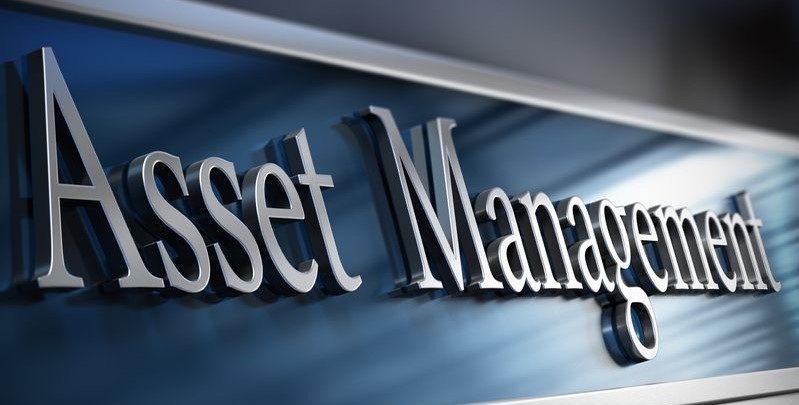It’s the second largest expense in your operating budget: your real estate assets.
By Susan Saldibar
It’s the second largest expense in your operating budget: your real estate assets. That means your buildings, equipment and infrastructure.
So you have your CFOs to manage your money and Executive Directors to manage your staffing plans. But who is managing your assets?
Sodexo (a Senior Housing Forum Partner) knows a lot about asset management. It’s a topic that has come up in my conversations with them, and they point out a couple misconceptions:
-
Many communities treat facility management as an expense on their books: only spend money when something is broken. In other words, “If it ain’t broke, don’t fix it”. Officially, it’s called “deferred maintenance”; but in effect it’s a “band-aid” approach to managing buildings.
-
Delaying maintenance on non-essential projects may seem like a good decision in the short term, but it can put your community in jeopardy. Here’s an example of how. Skipping annual maintenance on an air conditioner may save a small amount of money in your operating budget. But, when that A/C breaks, it puts the whole community at risk. And, it can become a life or death issue for residents.
“We don’t ever want to hear about tragedy in a community – especially one that is preventable,” Lindsay Casillas, SVP of Business Development for Sodexo told me recently. She goes on to explain, “When I worked in a community, it didn’t matter if you were maintenance director, sales manager, or server in the kitchen, your job was to ensure the safety, comfort and health of residents. An overheated resident can turn into an emergency situation quickly. That’s why Sodexo is helping our clients create a strategy to keep these types of preventable crises from happening with Asset Management,” she adds.
It’s called the Sodexo Strategic Asset Management program. They describe it as a “wellness program for buildings.” Makes a lot of sense. Basically it includes a strategic plan for keeping all the ‘assets’ in a community in good health: from the roof, to plumbing, to furniture and floor. The goal is to focus on identifying problems before they happen, so that residents never have to deal with the discomfort of a failure.
Asset Management can also help organizations find and fund projects related to changes in regulations, such as the new Federal rules coming out in November pertaining to life safety and emergency power sources. Lindsay explains, “These changes will require many communities to find new solutions for their buildings, and the money to fund them. It can be difficult for communities to quickly adapt without having expert help and a deep understanding of resources available.”
Can technology become your crystal ball?
So, how can a community know what to do, when to do it and how much they are saving or spending?
First of all, Sodexo bases its approach on ISO 55000 (the international standard for Asset Management). They use these protocols in conjunction with software from IBM to help clients manage their buildings:
-
The software is web and mobile enabled, so it allows professionals to access data on equipment on-site, respond to work orders, and pull up information (like a warranty or instruction guide); it gives a full picture of performance
-
It makes use of sophisticated analytics, which can identify a failure before it happens, like looking into a crystal ball to predict the future
-
From the data it collects, it helps CFOs do financial modeling, which can be applied to capital plans. You can see how much something will cost and what that expense could look like spread out over 5, 10, or even 15 years
The best part of the program is that it guarantees no surprises.
Lindsay describes this as more confidence and security for everyone involved. “We can provide everyone from the C-Suite to Executive Directors to residents’ peace of mind. It’s not only peace of mind for the welfare of the residents, but its confidence that everything will work when you need it, in budget planning and return on investment for stakeholders.”
Spend a dollar to save four? Sounds good to me.
But what about the upfront expense? According to Sodexo, having a good asset management plan can save communities an average of approximately 30% over the life of any particular asset – that includes maintenance, repairs, utility expenses, etc. This also includes:
- 10% average improvement in control of day-to-day activities
- 20% reduction in failure rates
- 40% reduction in risk-related costs
- 100% compliance with regulatory requirements
- 20% cost improvement in labor
Wow. These are real numbers representing real results.
The math goes even deeper. With all the money communities think they are saving by delaying maintenance, it actually results in an exponential increase in spend. The industry standard is for every $1 saved through deferred maintenance, $4 will need to be spent later when the equipment breaks! Think of how much you could do with $3 back on every $1 spent!
Better Buildings = Greater Occupancy
And, it impacts other important things, such as occupancy.
“Early in my career, I saw the effect of how deferred maintenance can affect occupancy,” Lindsay explains. “A failed A/C unit caused an engaged resident to move out within 24 hours. A critical roofing project delayed a much-needed exterior renovation – one that would have helped us to attract new residents to meet our occupancy goals.”
Lindsay wants every leader to think about Asset Management as a sales driver. “With growing competition in the marketplace, curb appeal is more important than ever. A defect such as needing a new roof can drive off potential residents. Executives need to focus on improving their real estate to help them with competitive advantage.”
For more information about Sodexo, please visit their website:
Click on the button below to download a PDF copy of this article:










